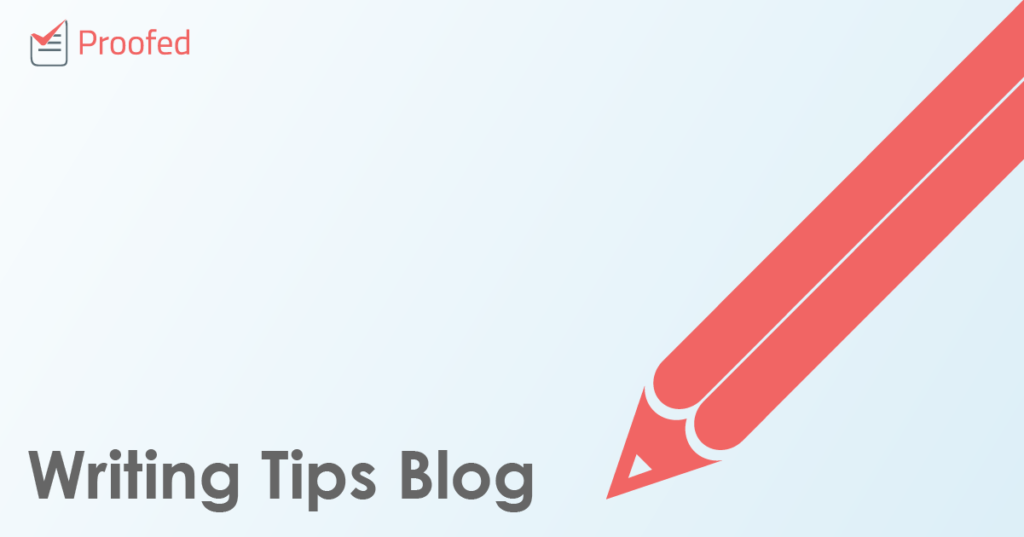“Hyphenation” is a term for linking two words with a hyphen to make a compound word. In this context, “compound” simply means two separate words have been joined together. But when should you hyphenate a word? We’ll explain the basics below.
Compound Adjectives
Compound adjectives are formed by joining two words (e.g., “good-looking,” “power-hungry” or “accident-prone”). Further examples include:
- Free-range
- Part-time
- Long-term
- Well-known
Compound adjectives can be composed of more than two words, making them more like phrases:
- Tongue-in-cheek
- Happy-go-lucky
- Devil-may-care
Compound adjectives like these are often only be hyphenated if they appear before what they are describing in a sentence. For example, the compound adjective in “The well-known artist Whistler…” could also be used without a hyphen later in the sentence: e.g., “The artist Whistler was well known…”
However, some modifiers are hyphenated regardless of where they appear in a sentence, such as “error-free” (e.g., “the error-free paper” and “the paper was error-free” are both correct).
Compound Nouns and Verbs
It is more difficult to know when to hyphenate nouns and verbs. In many cases, it is simply a matter of convention (e.g., “mother-in-law”). The best thing to do with these terms is check a dictionary. If you find a term where the hyphen is optional, your main guideline should be consistency.
Many words that begin with the prefixes “non-,” “pre-,” “de-,” or “re-” are hyphenated, but this is only necessary when it prevents a letter clash.
For example, we hyphenate “re-evaluate” because “evaluate” starts with the same letter that precedes it. But we do not hyphenate “retry” because there is no letter clash. This isn’t always true, but it is a good rule of thumb (and you can always check a dictionary if you’re not sure about a word).
Find this useful?
Subscribe to our newsletter and get writing tips from our editors straight to your inbox.
Hanging Hyphens
A hanging or suspended hyphen can be used when two compound terms contain the same second element. For instance, a company might say “we offer five- and ten-year mortgages.” Here, the hyphen after “five” shows that we mean “five-year and ten-year mortgages” but didn’t want to repeat “year.”
This can also be done with closed compounds, such as in “under- and overground trains.” Note that we use a hyphen after “under” even though the full word would be “underground,” without a hyphen.
Hyphenating for Clarity
In some cases, we also use a hyphen to ensure clarity. Omitting a hyphen can even change the meaning of some sentences. For example:
- I once saw a man-eating crocodile.
- I once saw a man eating crocodile.
The first sentence here describes a crocodile as “man-eating” (i.e., a crocodile that eats humans). The second, non-hyphenated sentence describes a man eating crocodile meat.
Rules about which words should be hyphenated can vary between institutions, though, so be sure to double check your style guide.
If you would like to have your paper checked for style, grammar and formatting errors, make use of Proofed’s specialist academic proofreading service.
